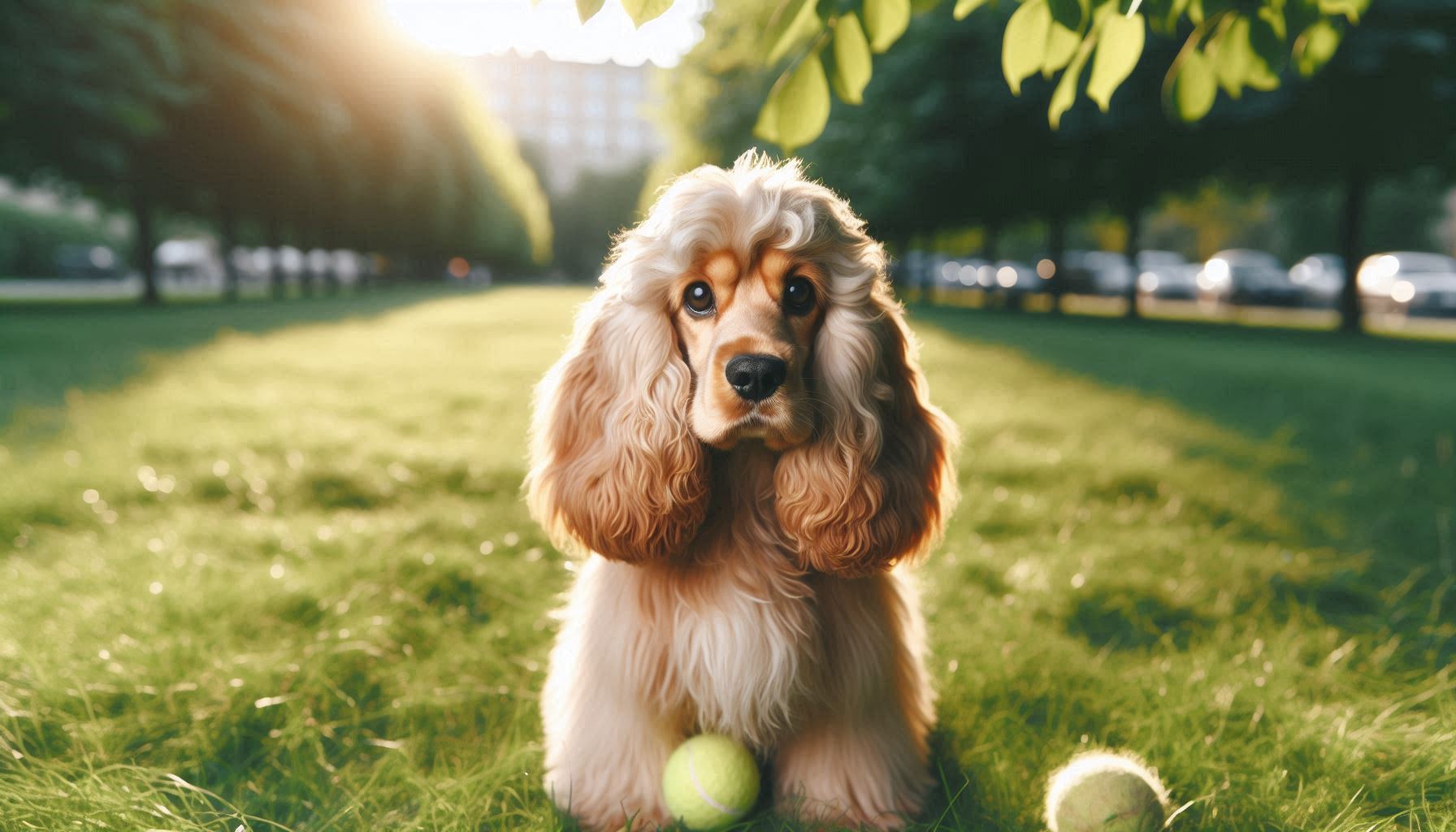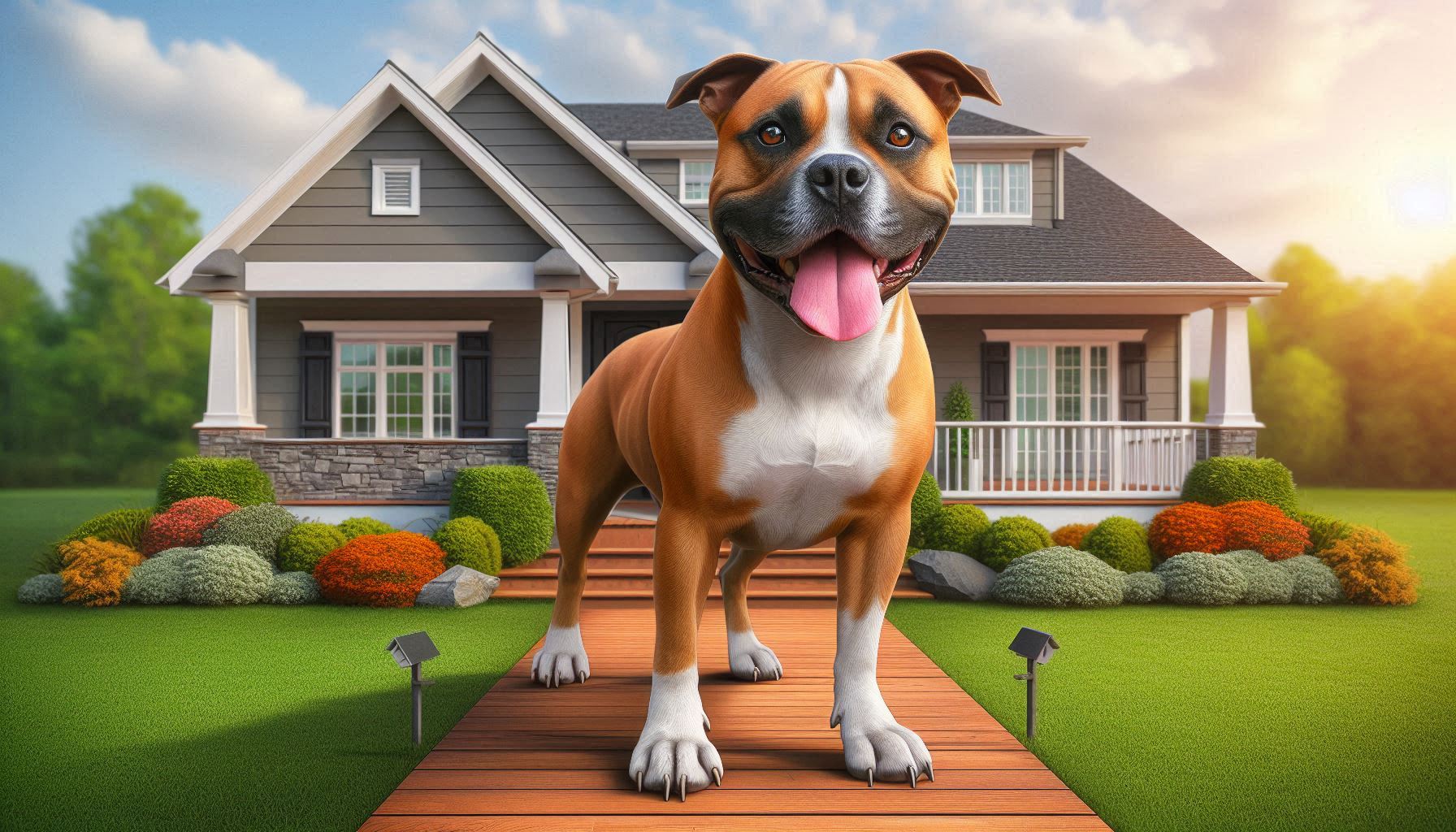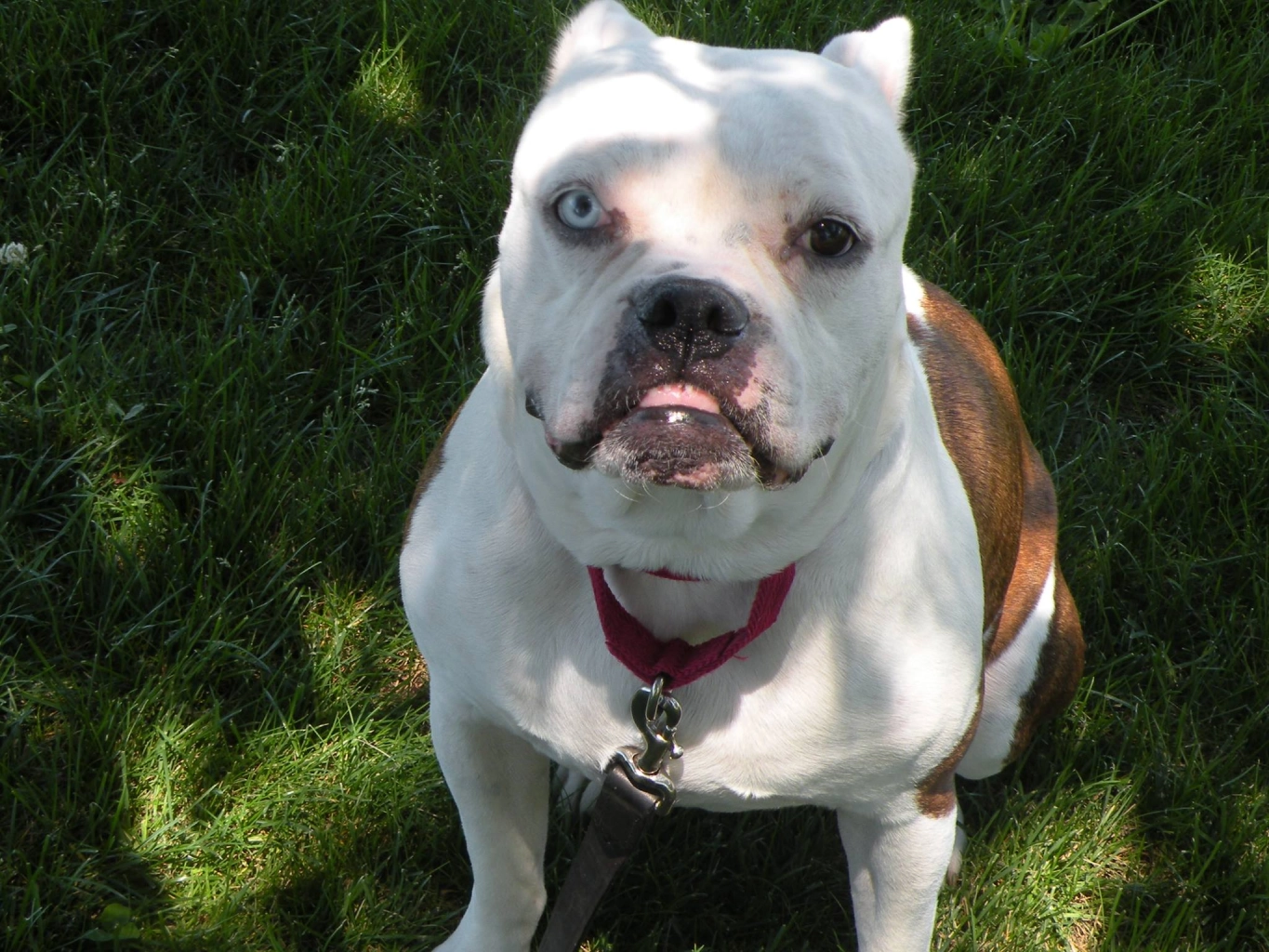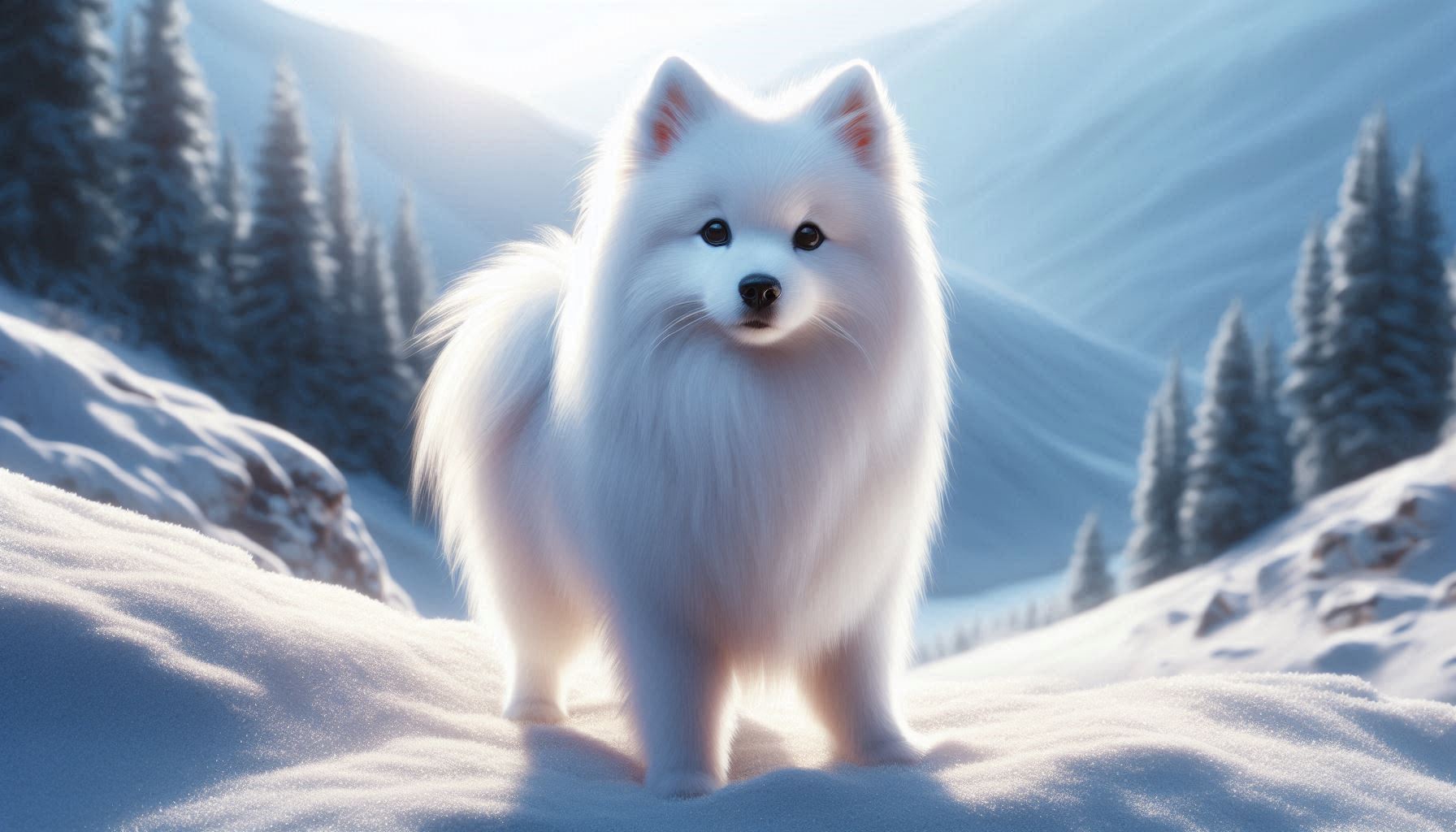Table of Contents
Plott Hound Dog Breed
The Plott Hound, a breed known for its tenacity and loyalty, is one of America’s most unique and beloved hunting dogs. This breed stands out not only for its exceptional hunting abilities but also for its affectionate nature and striking appearance. While the Plott Hound is a relatively rare breed, it has earned a special place in the hearts of dog enthusiasts, particularly those who appreciate a strong, determined working dog with a gentle side. Whether you’re a seasoned dog owner or someone looking for a loyal companion, the Plott Hound offers a blend of qualities that make it an excellent choice for many households.
History and Origin
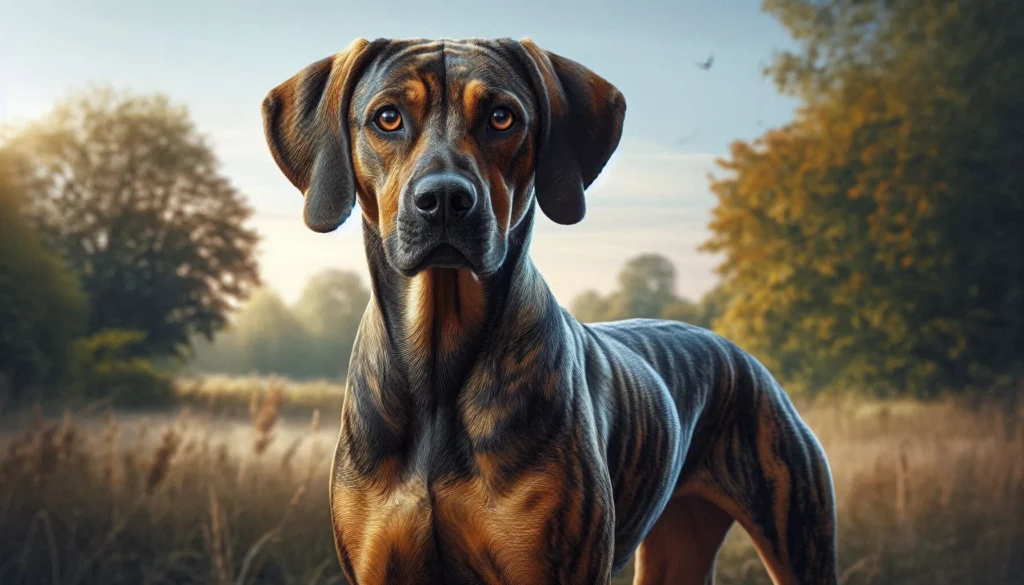
The Plott Hound has a rich history rooted in the rugged mountains of North Carolina, where it was developed as a skilled hunting dog. The breed traces its origins back to 1750, when Johannes George Plott, a German immigrant, brought five Hanoverian Schweisshunds, a type of bloodhound, to the United States. Plott’s dogs were initially used for hunting boar in Germany, but in America, they adapted to hunting the challenging terrain and large game like bear and wild boar in the Appalachian Mountains.
The Plott family carefully bred these dogs over the years, focusing on maintaining their exceptional tracking ability, stamina, and grit. Unlike many other hound breeds that were mixed with other dog types, the Plott Hound remained relatively pure, leading to its recognition as a distinct breed by the United Kennel Club (UKC) in 1946 and the American Kennel Club (AKC) in 2006.
Physical Characteristics
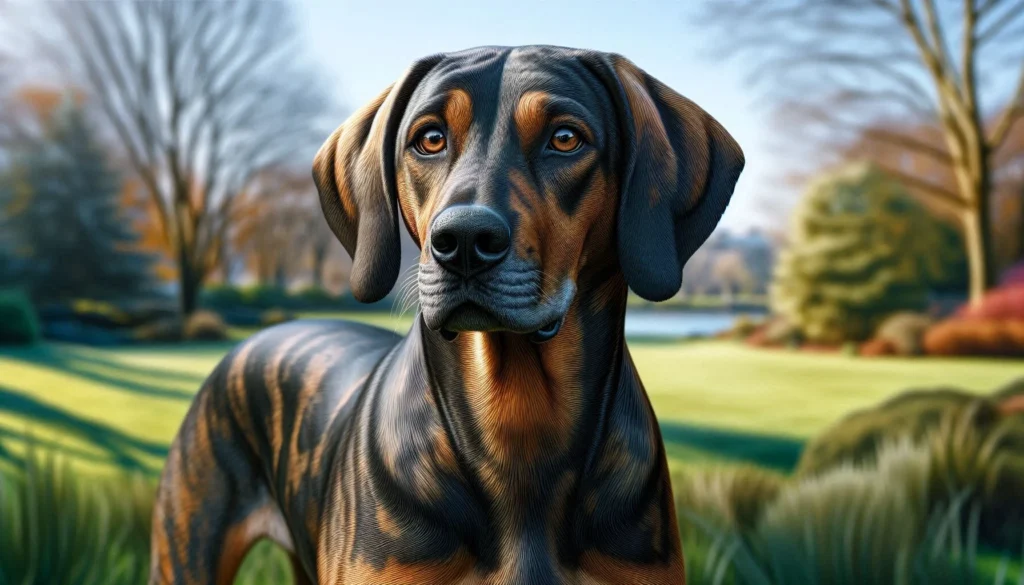
The Plott Hound is a medium to large-sized dog, known for its muscular build and athletic appearance. Here are some key physical characteristics of the breed:
- Size: Males typically stand between 20 to 25 inches tall at the shoulder and weigh around 50 to 60 pounds. Females are slightly smaller, standing 20 to 23 inches tall and weighing 40 to 55 pounds.
- Coat Type and Colors: The breed has a short, smooth coat that is relatively low-maintenance. The most common coat color is brindle, which can vary from a light to a dark hue. Some Plott Hounds may also have solid black or buckskin (a pale yellow or cream) coats. The breed’s coat is designed to protect them while hunting in rough terrain.
- Distinctive Features: The Plott Hound has a distinctive, long, tapering tail that is often carried high. Their ears are medium-length, hanging close to the head, and their eyes are typically brown or hazel, giving them an alert and intelligent expression.
Temperament and Personality
The Plott Hound is known for its loyal, intelligent, and tenacious personality. Originally bred as a hunting dog, it has a strong work ethic and a determined nature. Despite its hunting roots, the Plott Hound is also known for being affectionate and gentle, especially with its family.
- Interaction with People: Plott Hounds are typically very loyal to their owners and enjoy being part of a family. They are known to be protective, making them good watchdogs. However, they are not aggressive by nature and tend to be reserved but friendly with strangers once they warm up.
- Interaction with Children: This breed is generally good with children, displaying patience and gentleness. However, due to their size and energy level, supervision is recommended when they are around small children.
- Interaction with Other Animals: While Plott Hounds can coexist with other dogs, their hunting instincts may make them less compatible with smaller pets such as cats or rabbits. Early socialization is crucial to ensure they learn to live harmoniously with other animals.
Health and Lifespan
The Plott Hound is generally a healthy breed with a lifespan of 12 to 14 years. However, like all breeds, they can be prone to certain health issues. Some common health concerns include:
- Hip Dysplasia: A condition where the hip joint does not fit properly into the hip socket, leading to pain and mobility issues. Regular vet check-ups and maintaining a healthy weight can help manage this condition.
- Gastric Torsion (Bloat): A serious condition that occurs when the stomach twists, cutting off blood flow. This can be life-threatening and requires immediate veterinary attention. Feeding smaller, frequent meals and avoiding vigorous exercise after eating can help prevent bloat.
- Ear Infections: Due to their floppy ears, Plott Hounds are prone to ear infections. Regular ear cleaning can help prevent this.
To keep a Plott Hound healthy, regular veterinary care, a balanced diet, and plenty of exercise are essential.
Care and Grooming
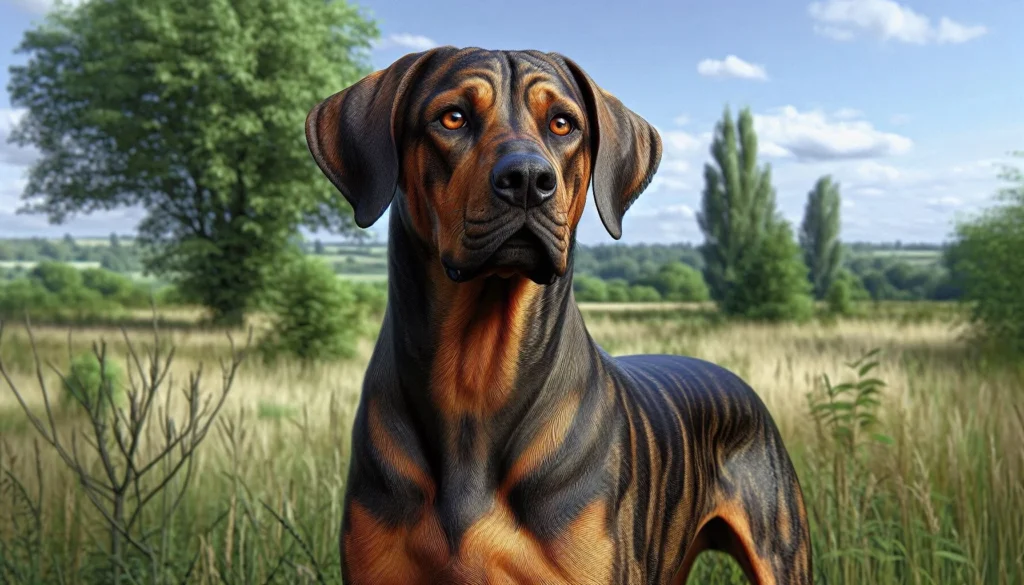
Caring for a Plott Hound involves meeting their grooming, exercise, and dietary needs to ensure they remain healthy and happy.
- Grooming Needs: The Plott Hound’s short coat is easy to maintain. Regular brushing, about once a week, will help remove loose hairs and keep their coat looking shiny. They are moderate shedders, so occasional baths will help manage any shedding. It’s also important to regularly check and clean their ears to prevent infections.
- Exercise Requirements: As a high-energy breed, the Plott Hound needs plenty of exercise. Daily walks, playtime, and opportunities to run in a secure area are essential. They thrive in homes with large yards or access to outdoor spaces where they can explore and burn off energy. Without enough exercise, they can become bored and potentially develop behavioral issues.
- Dietary Recommendations: A balanced diet with high-quality dog food that meets their age, size, and activity level is recommended. Because they are an active breed, their diet should include sufficient protein to support muscle maintenance and overall health. Portion control is essential to prevent obesity, which can lead to other health issues.
Training and Socialization
Training and socializing a Plott Hound require patience, consistency, and an understanding of the breed’s natural instincts.
- Training Challenges: Plott Hounds are intelligent but can be independent and stubborn, a trait often seen in hunting breeds. Positive reinforcement techniques, such as treats and praise, work best. It’s important to start training early and remain consistent. Socialization should begin at a young age to ensure they are well-adjusted to different people, environments, and other animals.
- Socialization Tips: Exposure to a variety of situations, sounds, and experiences will help your Plott Hound become a well-rounded dog. Puppy classes, trips to the dog park, and controlled interactions with other dogs are excellent ways to socialize your Plott Hound.
Suitability as a Family Pet
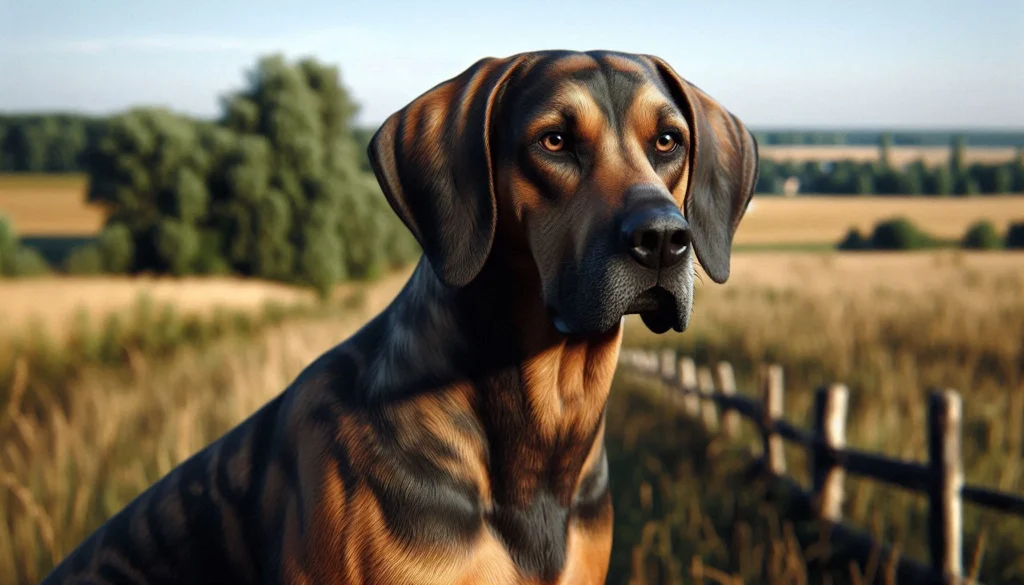
The Plott Hound can make an excellent family pet, especially for active families who enjoy spending time outdoors. Their loyalty and protective nature make them good companions, while their energy and stamina are ideal for families who enjoy hiking, running, or other outdoor activities.
- Living Environment Considerations: The Plott Hound is best suited for homes with a yard where they can play and explore. They can adapt to apartment living, but only if they receive sufficient exercise and mental stimulation. Due to their high energy levels, they are not ideal for sedentary households.
- Energy Levels: This breed is highly energetic and requires plenty of physical and mental stimulation. If their exercise needs are met, they can be calm and well-behaved indoors. However, they are not suited to being left alone for long periods, as they may become bored and destructive.
Fun Facts and Trivia
- State Dog of North Carolina: The Plott Hound is the state dog of North Carolina, recognized for its contributions to hunting and its historical significance to the region.
- Excellent Swimmers: Despite being bred for hunting on land, Plott Hounds are excellent swimmers and enjoy water activities.
- Unique Vocalization: Plott Hounds are known for their distinctive “Plott music,” a loud, melodious baying that they use when tracking game.
Dog Breeds Similar to Plott Hound Dog
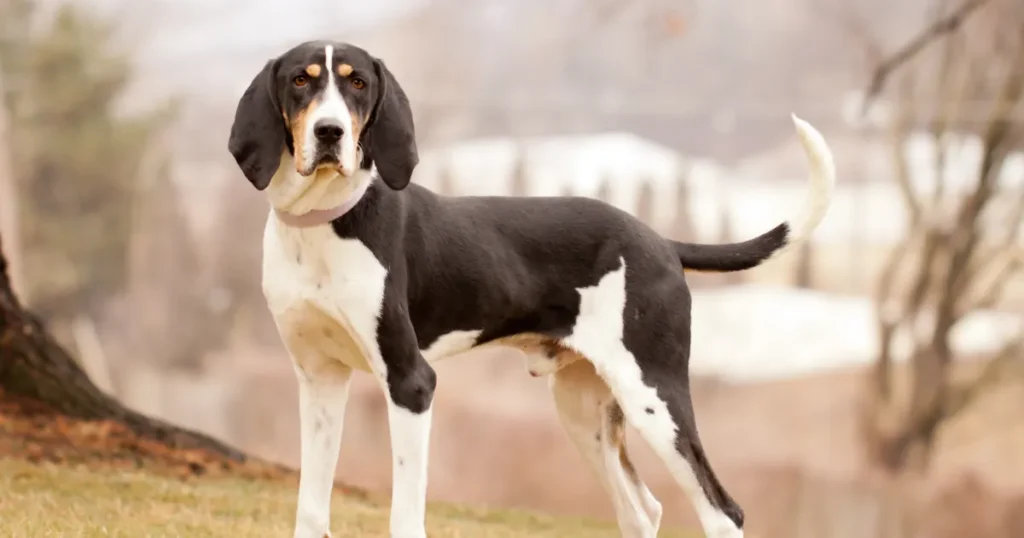
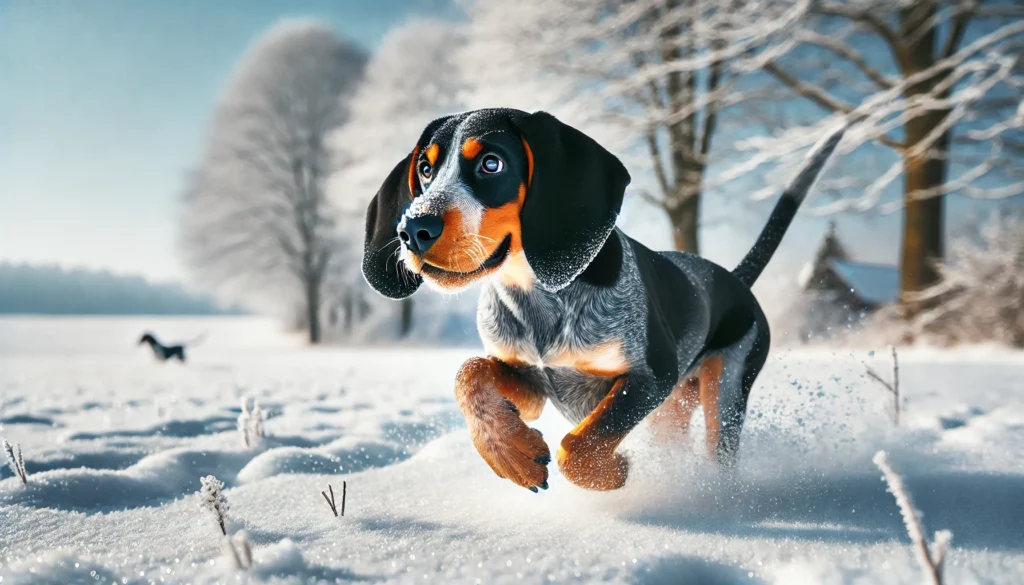
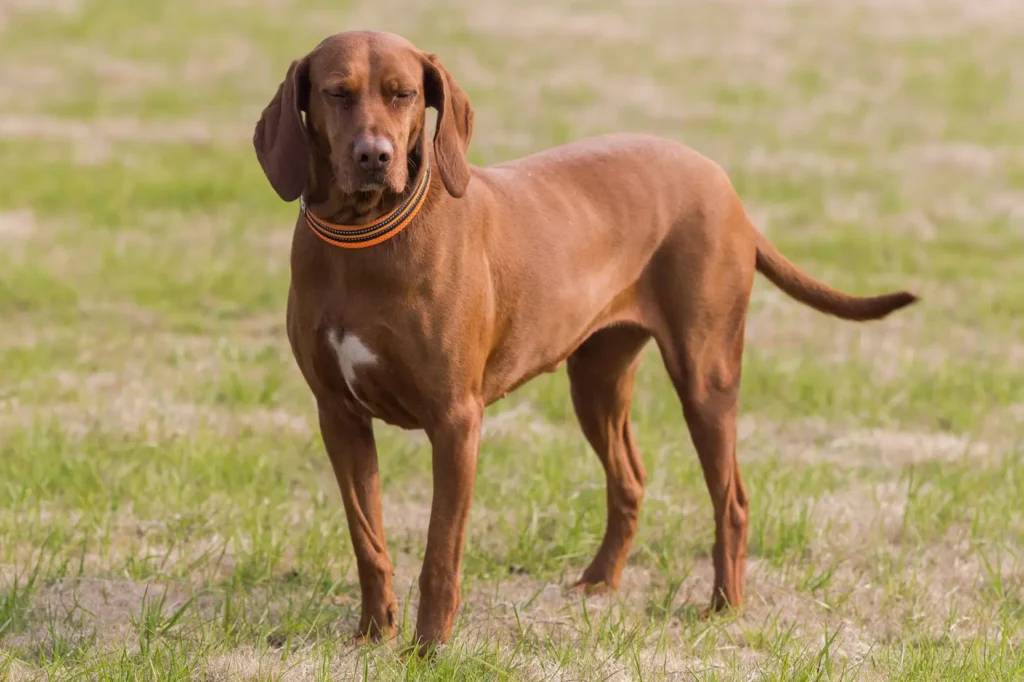
- Treeing Walker Coonhound: Like the Plott Hound, the Treeing Walker Coonhound is a skilled hunting dog with a strong prey drive. Known for its speed and endurance, this breed is also a great companion for active families.
- Bluetick Coonhound: The Bluetick Coonhound shares the Plott Hound’s keen sense of smell and hunting instincts. It is a friendly and loyal breed, making it a good family pet for those who can meet its exercise needs.
- Redbone Coonhound: This breed is another excellent hunting dog with a friendly and outgoing personality. The Redbone Coonhound is known for its striking red coat and is a good choice for families who enjoy outdoor activities.
Conclusion
The Plott Hound is a breed that combines the best of both worlds: an exceptional hunting dog with a loyal and affectionate temperament. Whether you’re looking for a capable working dog or a loving family companion, the Plott Hound offers a unique blend of qualities that make it a standout breed. If you’re considering adding a Plott Hound to your family, be prepared to meet its exercise needs and provide plenty of love and attention.
FAQ
Is the Plott Hound a dangerous dog?
No, the Plott Hound is not inherently dangerous. While they have strong hunting instincts, they are typically loyal and affectionate with their families. Proper training and socialization are key to ensuring they are well-behaved and non-aggressive.
Is the Plott Hound the best guard dog to protect you or your family?
The Plott Hound can be a good watchdog due to its alert nature and loyalty. However, they are not typically aggressive guard dogs. They will likely alert you to strangers, but their protective instincts are more focused on their family rather than being a deterrent to intruders.
